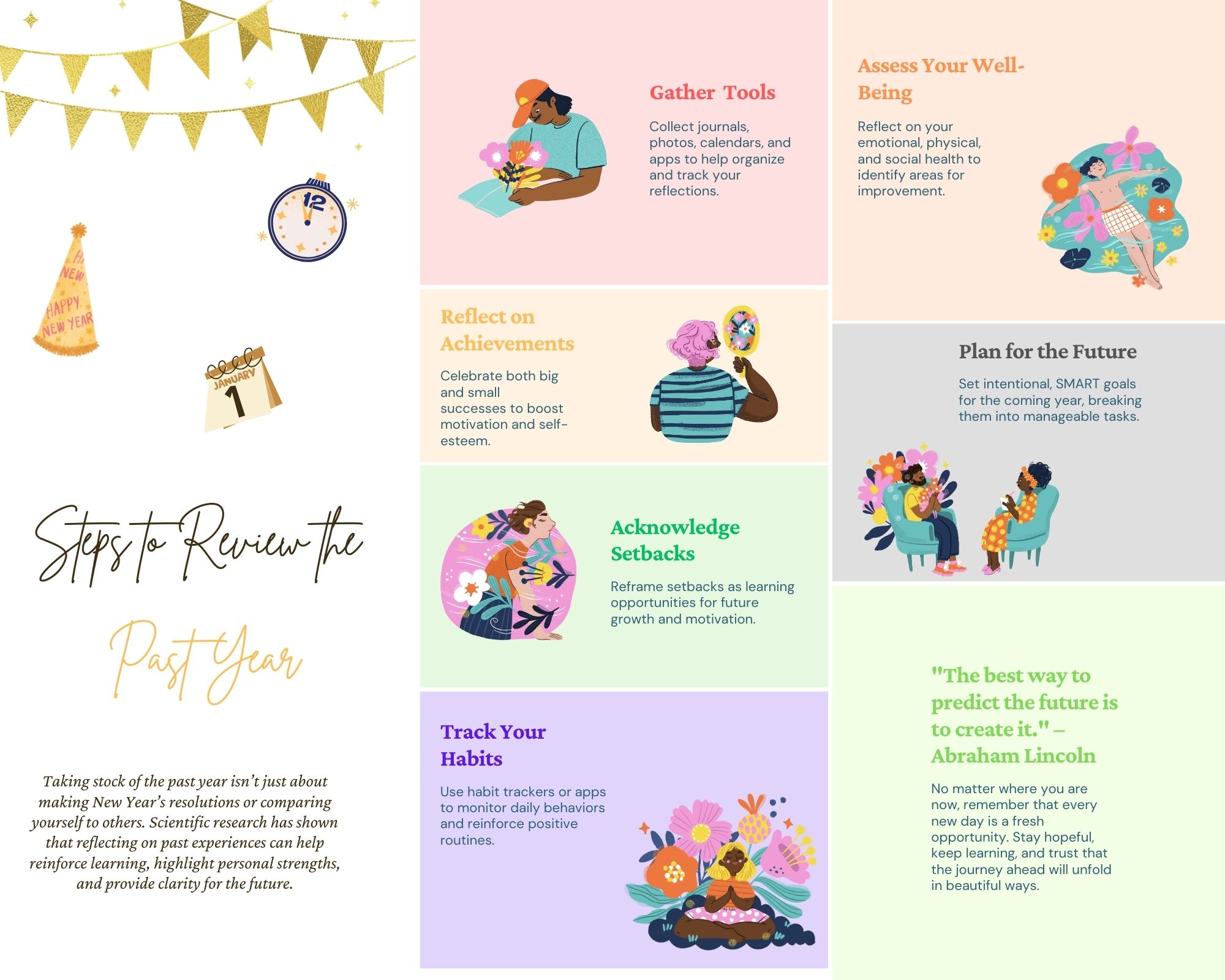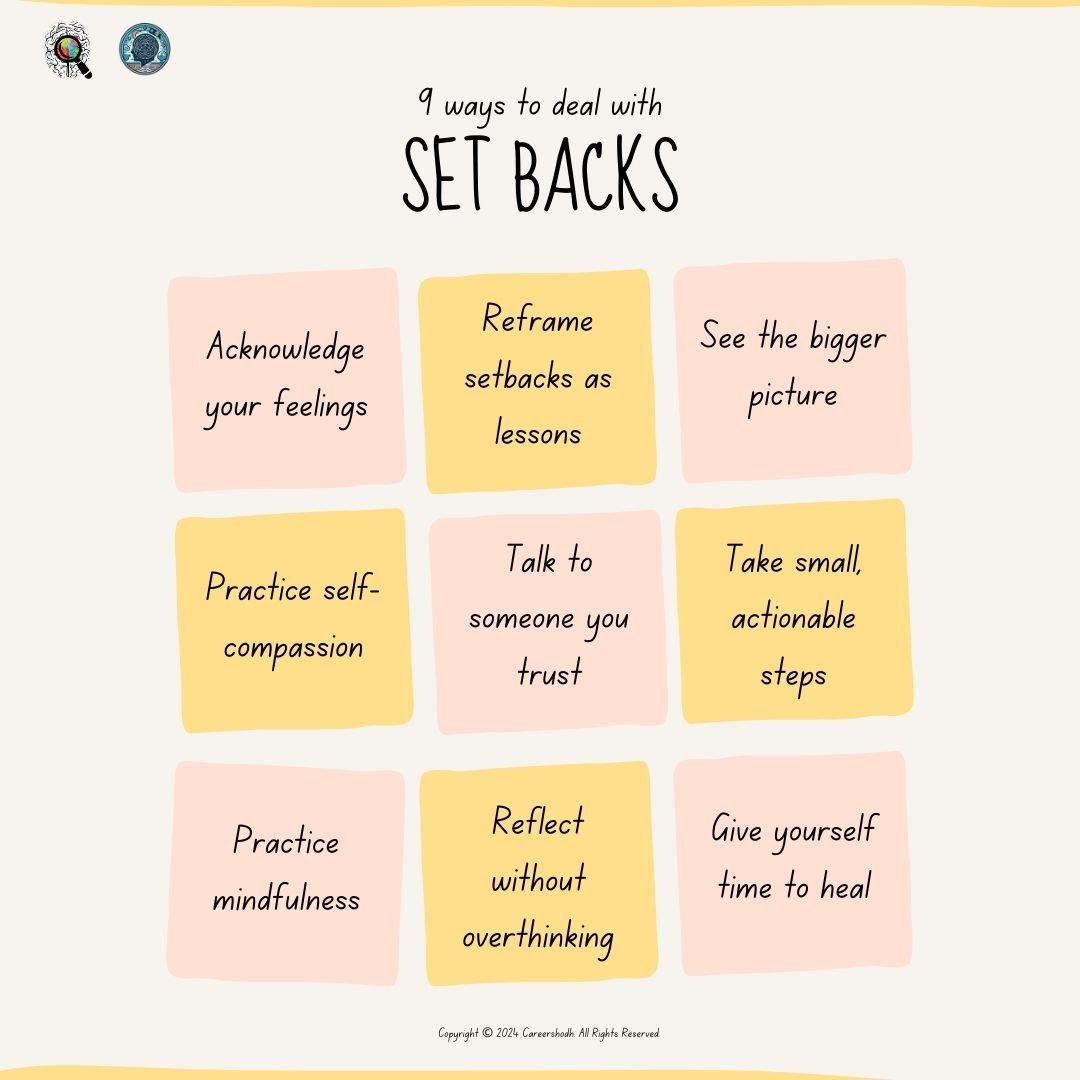Introduction to Past Year Review (PYR)
As the end of the year approaches, many of us naturally begin reflecting on the past twelve months. Whether it’s for personal growth, professional development, or just a chance to unwind and appreciate life’s ups and downs, conducting a “year in review” can offer valuable insights into our progress and setbacks. But how can we make this process fun yet grounded in science?

Why Review Your Year (PYR)?
Before diving into the process, let’s explore the why behind this annual tradition. Taking stock of the past year isn’t just about making New Year’s resolutions or comparing yourself to others. Scientific research has shown that reflecting on past experiences can help reinforce learning, highlight personal strengths, and provide clarity for the future. According to a study published in Psychological Science, engaging in regular reflection can improve decision-making and problem-solving by helping individuals understand their past experiences and apply these lessons to future situations (Schoemaker et al., 2017).
Moreover, reflecting on both positive and negative events activates the brain’s default mode network (DMN), which is associated with memory retrieval, emotional regulation, and future planning. In other words, your brain loves reflection – it’s almost like a workout for the mind. So why not turn that mental gym session into a fun one?

Step 1: Gather Your Tools
Before embarking on this year’s retrospective journey, it’s essential to gather your tools. These will help you organize your thoughts, track your progress, and – most importantly – ensure that the review process is structured and enjoyable.
Tools You’ll Need-
- Journals, Diaries, or Digital Apps – A place to record your reflections. You can choose to go old school with a paper journal, or opt for a sleek app like Day One or Evernote to track your journey throughout the year.
- Photos and Social Media – Pictures capture moments, and social media posts can serve as a timeline of your life. Flip through your albums or scroll through your feeds to jog your memory.
- Calendar or Planner – Revisit appointments, events, or meetings that marked your year. These dates are key markers for significant milestones and will help you structure your review.
- Scientific Tools – While it may sound a little over-the-top, quantitative data can help you assess the past year in terms of goals, habits, and personal growth. Consider using spreadsheets or habit trackers like Habitica or RescueTime to measure progress.
Read More- Improve Mental Health
Step 2: Reflect on Your Achievements (Big and Small)
Let’s start with the good stuff. It’s easy to focus on areas for improvement, but science tells us that recalling achievements is critical for motivation and self-esteem. A study in Journal of Personality and Social Psychology showed that focusing on our successes, even minor ones, boosts our sense of competence and well-being (Wood et al., 2009). So, what are you proud of?
- Create a “Highlight Reel” of your year. Think of it like an Oscar-worthy montage. List your top five accomplishments, no matter how big or small. Did you hit a major career milestone? Travel somewhere new? Finally master a hobby? Celebrate it!
- From a psychological standpoint, reflecting on your strengths and achievements is a key aspect of the self-affirmation theory. This theory, proposed by Claude Steele in 1988, suggests that reminding yourself of your positive attributes can buffer against stress and improve performance in future tasks (Steele, 1988). By acknowledging your wins, you bolster your confidence for the next year’s challenges.
Actionable Tip: Use your highlight reel as motivation. Take a moment to appreciate how much you’ve grown. This isn’t bragging—it’s just science!
Step 3: Acknowledge the Setbacks (But with a Twist)
Next, it’s time to address the challenges. But, let’s be clear: setbacks aren’t failures; they are opportunities for learning. A large body of research in the field of growth mindset, pioneered by Carol Dweck, suggests that people who view challenges as opportunities for growth are more likely to overcome them and achieve greater success (Dweck, 2006). So, think of your setbacks as science experiments. What didn’t go as planned, and what did you learn from it?
- Take your setbacks and reframe them. For each “failure,” create a fictional scenario where you could’ve won the day like a hero in an action movie. For example, “I failed to exercise consistently” becomes “I was the top-secret agent tasked with a mission to save the world, but my cover got blown by a rogue bad habit.” Get creative!
- Reframing setbacks as learning experiences triggers the brain’s dopaminergic system, which is linked to motivation and reward (Schultz, 2002). When you view failures as growth opportunities, your brain starts associating setbacks with future success, making it easier to tackle similar challenges in the future.

Actionable Tip: Reframing helps you to maintain motivation. When you encounter a setback in the coming year, remember your “fictional hero” scenario and approach it with curiosity rather than judgment.
Read More- Journals for Well-Being
Step 4: Track Your Habits (Because Habits Are Everything)
While major milestones are important, let’s not forget the small, daily habits that have a significant impact on your life. From eating well to getting enough sleep, habits shape our overall well-being. Behavioral science shows that habits form through a cycle of cues, routines, and rewards (Duhigg, 2012). This means that even the smallest behavior can lead to larger changes if repeated consistently.
- Turn your habit tracking into a game. Use a habit tracker app or create a colorful spreadsheet with stickers or emojis to mark the days you succeeded. The more visual and fun you make it, the more likely you are to stay engaged.
- The process of habit formation is rooted in neuroplasticity, the brain’s ability to reorganize itself in response to new experiences (Doidge, 2007). By tracking and reinforcing positive habits, you’re strengthening neural pathways that help you build long-term behavioral changes.
Actionable Tip: Commit to tracking one habit for the next month. Whether it’s drinking more water or taking regular walks, track your progress and celebrate each small victory along the way.
Step 5: Look at the Bigger Picture: Assess Your Well-Being
Now that you’ve reviewed the micro (accomplishments, setbacks, habits), let’s zoom out and look at the bigger picture. How have you felt emotionally, physically, and socially throughout the year? Well-being research, particularly that of Ed Diener, has shown that life satisfaction is closely tied to personal health, social relationships, and a sense of purpose (Diener, 2009). So, how would you rate your well-being on these dimensions?
- Take a fun, lighthearted quiz about your year. Websites like “The Year in Review” from Google or apps like YearCompass offer interactive ways to summarize your year and reflect on personal growth. You could also make your own quiz, asking questions like: “What was my most satisfying day this year?” or “Which movie best represents my 2024?”
- Emotional well-being can be quantified using the PERMA model (Positive Emotion, Engagement, Relationships, Meaning, Accomplishment) developed by Martin Seligman (2011). Reflecting on how each of these dimensions was fulfilled can help you spot areas for improvement and guide your goal-setting for the future.
Actionable Tip: Identify one area where you’d like to enhance your well-being in the coming year. Focus on small, sustainable changes, such as prioritizing more face-to-face connections or setting aside time for a passion project.
Step 6: Plan for the Future (With Intention)
The final step is forward-looking: setting intentional goals for the coming year. While resolutions often come with pressure and unrealistic expectations, research suggests that the key to goal success is setting specific, measurable, attainable, relevant, and time-bound (SMART) goals (Doran, 1981).
- Think of your future goals as a fun challenge or adventure. Create a vision board or map out your goals as if you’re planning a treasure hunt. What clues will you leave for yourself to follow? What’s your “treasure” at the end?
- Goal-setting is a powerful tool for motivation. When you break down big objectives into smaller, manageable tasks, the brain releases dopamine upon completing each step, reinforcing positive behavior (Schultz, 2007). The more tangible and concrete your goals, the easier it is to stay motivated and achieve success.

Actionable Tip: Start with one goal for the first quarter of the year. Set a clear plan with actionable steps and measure your progress regularly.
Read More- Creating Good New Year’s Resolution
Conclusion
Taking a year-in-review approach doesn’t have to be a solemn task. With a little creativity and scientific insight, it can be an enjoyable and meaningful activity. Reflect on your achievements, acknowledge your setbacks, track your habits, and assess your well-being – all while using science-backed strategies to stay motivated and focused on personal growth. The past year is behind you, but by reflecting on it, you’re creating a roadmap for an even better year ahead.
References
Dweck, C. S. (2006). Mindset: The New Psychology of Success. Random House.
Diener, E. (2009). Subjective well-being: The science of happiness and a proposal for a national index. American Psychologist.
Doidge, N. (2007). The Brain That Changes Itself. Viking.
Doran, G. T. (1981). There’s a S.M.A.R.T. way to write management’s goals and objectives. Management Review, 70(11), 35-36.
Duhigg, C. (2012). The Power of Habit: Why We Do What We Do in Life and Business. Random House.
Schoemaker, P. J. H., et al. (2017). The value of learning from the past: How reflection improves decision-making. Psychological Science.
Schultz, W. (2002). Getting formal with dopamine and reward. Neuron.
Steele, C. M. (1988). The psychology of self-affirmation: Sustaining the integrity of the self. Advances in Experimental Social Psychology.
Seligman, M. (2011). Flourish: A Visionary New Understanding of Happiness and Well-being. Free Press.
Wood, W., et al. (2009). Changing circumstances, disrupting habits. Journal of Personality and Social Psychology.
Subscribe to PsychUniverse
Get the latest updates and insights.
Join 3,022 other subscribers!
Niwlikar, B. A. (2024, December 30). Past Year Review (PYR)- 5 Easy Steps. PsychUniverse. https://psychuniverse.com/past-year-review-pyr-steps/




I am final, I am sorry, but you could not paint little bit more in detail.